Bio 120 Lab Practical #1
1/69
There's no tags or description
Looks like no tags are added yet.
Name | Mastery | Learn | Test | Matching | Spaced |
|---|
No study sessions yet.
70 Terms
What is the function of the condenser lens?
The condenser lens focuses light from the light source onto the specimen.
What is the function of the condenser iris diaphragm?
The condenser iris diaphragm regulates the amount of light reaching the specimen.
What is the function of the coarse focus adjustment?
The coarse focus adjustment moves the stage rapidly to bring the specimen into initial focus.
What is the function of the fine focus adjustment?
The fine focus adjustment makes small, precise adjustments to sharpen the image after coarse focusing.
What is the magnification of the 4x objective lens?
The 4x objective lens provides scanning magnification, allowing you to view the specimen at the lowest magnification.
What is the magnification of the 10x objective lens?
The 10x objective lens provides low magnification for viewing details in larger specimens.
What is the magnification of the 40x objective lens?
The 40x objective lens provides high magnification for viewing detailed cellular structures.
What is the function of the ocular lens?
The ocular lens is the lens you look through and typically has a 10x magnification power.
What is parfocal in relation to microscope use?
Parfocal means that the image stays nearly focused when changing objective lenses.
What is parcentered in relation to microscope use?
Parcentered means that the image remains centered when changing objective lenses.
How do you calculate the total magnification of a specimen?
Total magnification is calculated by multiplying the magnification of the objective lens by the magnification of the ocular lens (typically 10x).
What is the field of view in microscopy?
The field of view is the area of the specimen visible through the ocular lens at any given time.
What is the depth of field in microscopy?
The depth of field is the thickness of the object in sharp focus under the microscope.
What is the recommended starting magnification for focusing a slide?
Always start with the scanning objective (4x) to locate the specimen, then adjust magnification as needed.
What pigment is responsible for the brown color of Fucus?
The brown color in Fucus is due to the pigment fucoxanthin.
What is the significance of dinoflagellates in marine ecosystems?
Dinoflagellates are important primary producers in marine ecosystems and some species cause red tides.
What is bioluminescence in dinoflagellates?
Dinoflagellates are bioluminescent, meaning they can produce light through chemical reactions.
How do Amoebas feed?
Amoebas feed through phagocytosis, engulfing food particles into a food vacuole for digestion.
What is the contractile vacuole in Amoebas?
The contractile vacuole helps regulate water balance by expelling excess water from the cell.
How does Physarum polycephalum feed?
Physarum polycephalum feeds by engulfing bacteria and organic matter, moving along decaying organic material.
What is a sporangium in slime molds?
A sporangium is a reproductive structure in slime molds that produces spores, which can germinate into new amoeboid or flagellated organisms.
What is Rhizopus?
Rhizopus is a genus of zygomycetes, commonly known as bread molds, that reproduce asexually via sporangia and sexually through zygospores.
What are the three types of lichen growth forms?
Lichens can grow in three forms: crustose (crust-like), foliose (leaf-like), and fruticose (shrub-like).
What is the function of the objective lens?
The objective lens provides varying levels of magnification (4x, 10x, 40x, 100x) to help observe different structures in detail.
What is the numerical aperture of the objective lens?
The numerical aperture (NA) determines the resolution of the objective lens. Higher NA values provide better resolution of fine details.
How do you adjust the light intensity on the microscope?
Use the light intensity knob to adjust the brightness of the light source. A higher intensity is used for higher magnification, and lower intensity is suitable for low magnification.
What is the working distance?
The working distance is the distance between the objective lens and the specimen. It is shorter at higher magnifications.
What is Ulva (sea lettuce)?
Ulva is a multicellular green alga found in marine environments. It has a flat, leafy structure and reproduces sexually and asexually through fragmentation and alternation of generations.
What is the importance of pyrenoids in Chlamydomonas?
Pyrenoids are organelles that store starch and are located inside the chloroplasts, aiding in the synthesis and storage of energy during photosynthesis.
What is Laminaria?
Laminaria is a large, multicellular brown alga commonly found in cold waters. It has a flat blade-like structure and is used commercially for its alginates.
What is the plasmodium in slime molds?
The plasmodium is the multinucleate, amoeba-like stage in slime molds where cytoplasm streams, and the organism moves to feed on bacteria and decaying organic matter.
How does Physarum polycephalum move?
Physarum polycephalum moves through cytoplasmic streaming, a process where the cytoplasm flows to different parts of the plasmodium to facilitate movement and feeding.
What is the structure of the sporangium in Rhizopus?
The sporangium is a sac-like structure that contains asexual spores (sporangia) that disperse and grow into new fungal colonies.
What is the structure of the ascus?
The ascus is a sac-like structure in Ascomycota fungi where sexual spores (ascospores) are formed after meiosis. It is typically found in fruiting bodies like morels or sac fungi.
What is the significance of conidia in Penicillium?
Conidia are asexual spores produced by Penicillium, responsible for dispersing and germinating into new colonies.
How does Saccharomyces cerevisiae (baker's yeast) reproduce?
Saccharomyces cerevisiae reproduces asexually by budding, where a new cell forms on the parent cell and detaches when it matures.
What is the role of basidia in Coprinus?
Basidia are the structures on the gills of the mushroom that produce sexual spores (basidiospores), which disperse and form new fungal colonies.
What is the role of the fungal component in lichens?
The fungal component of a lichen provides structure, protection, and a moist environment for the photosynthetic partner.
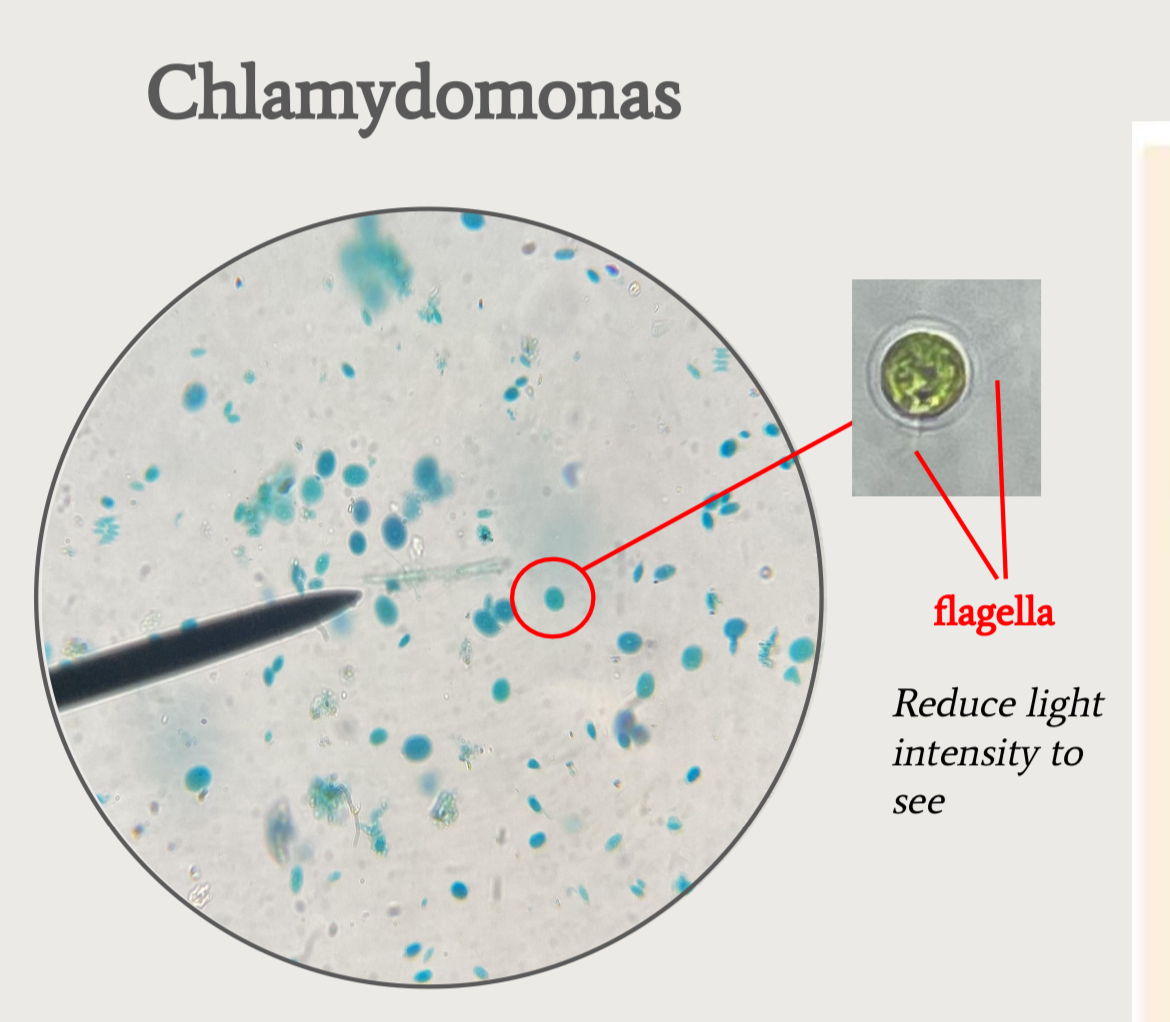
What protists is this ?
Chlamydomonas ,
SG - Archaeplastida, (Green Algae )
- motile, unicellular alga contain chloroplast & pyrenoid involved in production & storage of starch,
- Reproduce asexually via mitosis (spores) & sexually (gametes isogamous +/-)
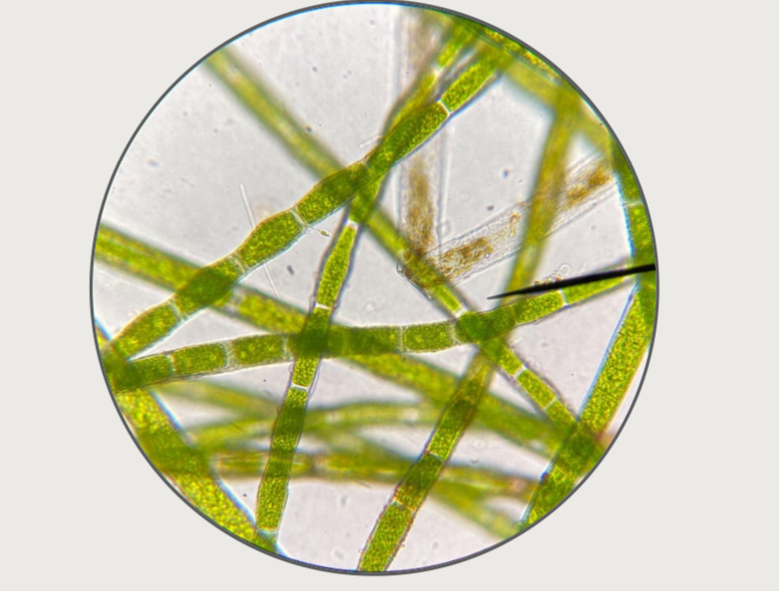
What is this protists?
Spirogyra : Reproduce sexually via conjugation (filaments lie side by side & grow to each other)
- SG: ARCHAEPLASTIDA (green algae)
- filamentous: spiral, ribbon-like chloroplast
- fragmentation: filaments break into fragments & grow to new individuals
- conjugation: 2 filament align parallel to each other ( +/-)
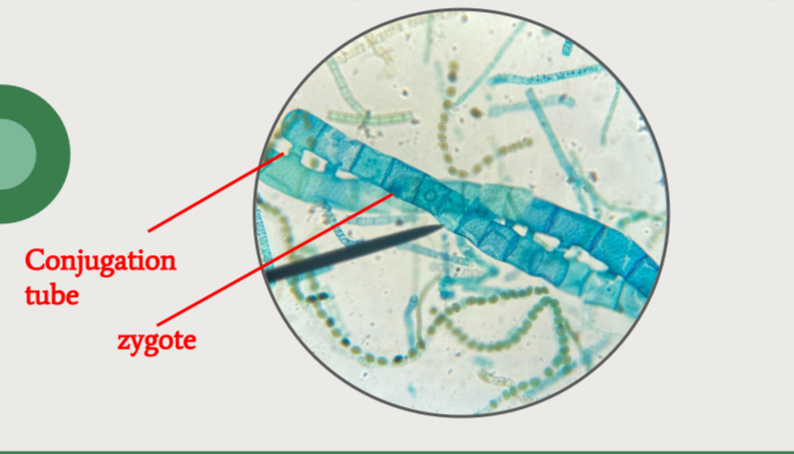
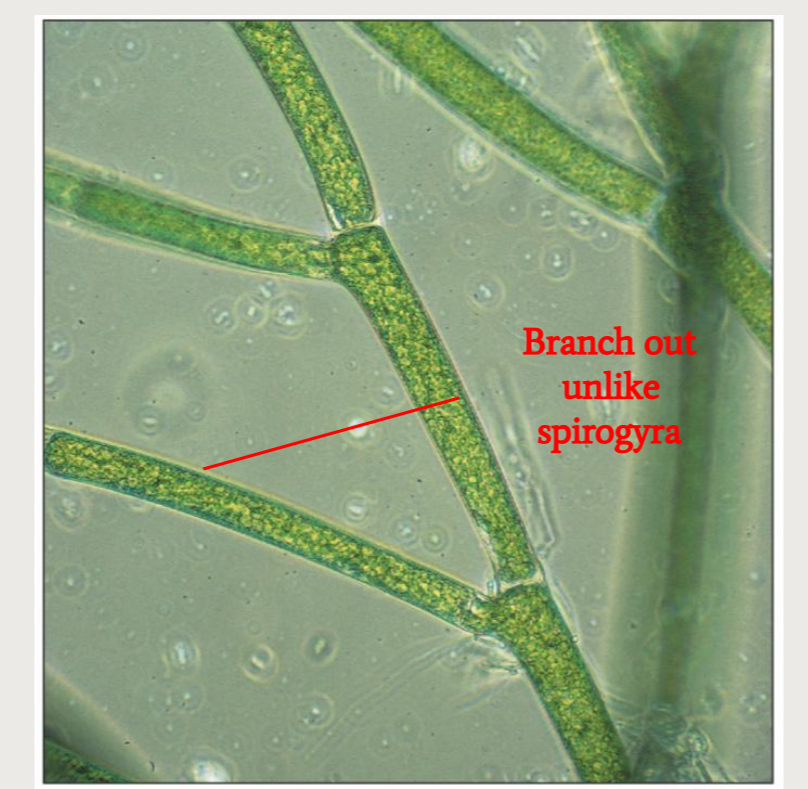
What is this Protists?
Cladophora
SG: Archaeplastida ( Green algae)
diploid (sporophyte) & haploid (gametophyte) -> alternation of generations
Alternation of Generations: Haploid Gametophyte prod. gametes that fuse to form a zygote grows to produce diploid sporophyte.
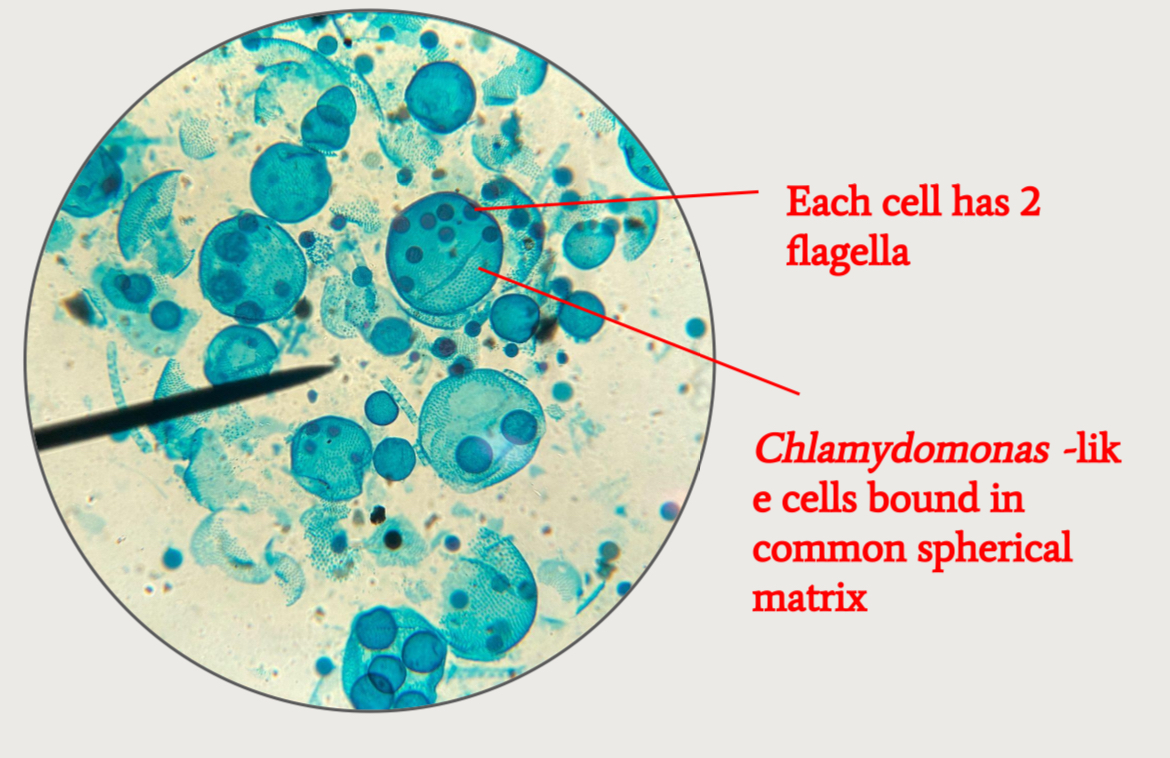
What Protist is this ?
Volvox
- SG: Archaeplastida (green algae)
- Consist of many chlamydomonas-like cells bound in common sphere matrix
- Reproduce by oogamy where motile sperm swim & fuse with eggs
- Zygote enlarges & develops into thick-walled zygospore which is released when parents colony disintegrates
- Zygospore undergoes meiosis to produce haploid cells that then undergo mitosis and become new colony (daughter colonies)
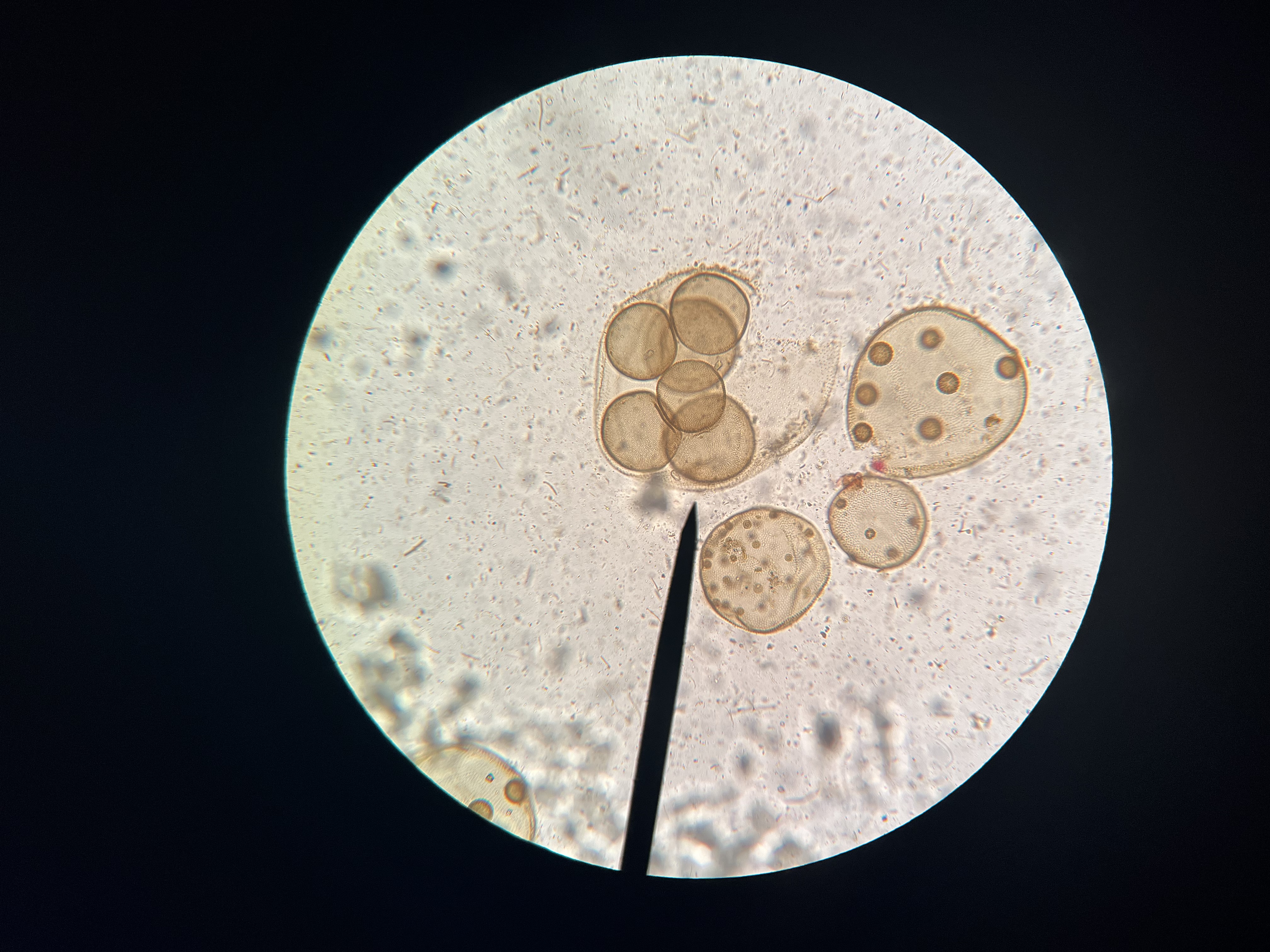
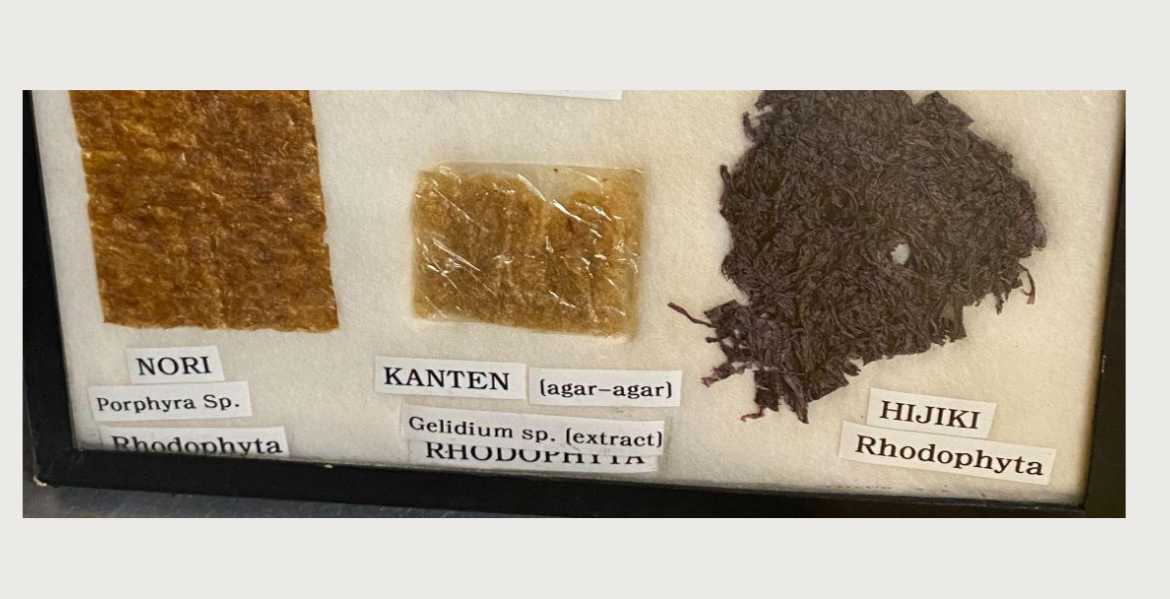
What Algae is this ?
Red Algae
SG: Archaeplastida
Red algae obtain color from phycobilins in plastid
Typically live in warm marine waters
Thallus can be attached or free-floating, filamentous, or fleshy
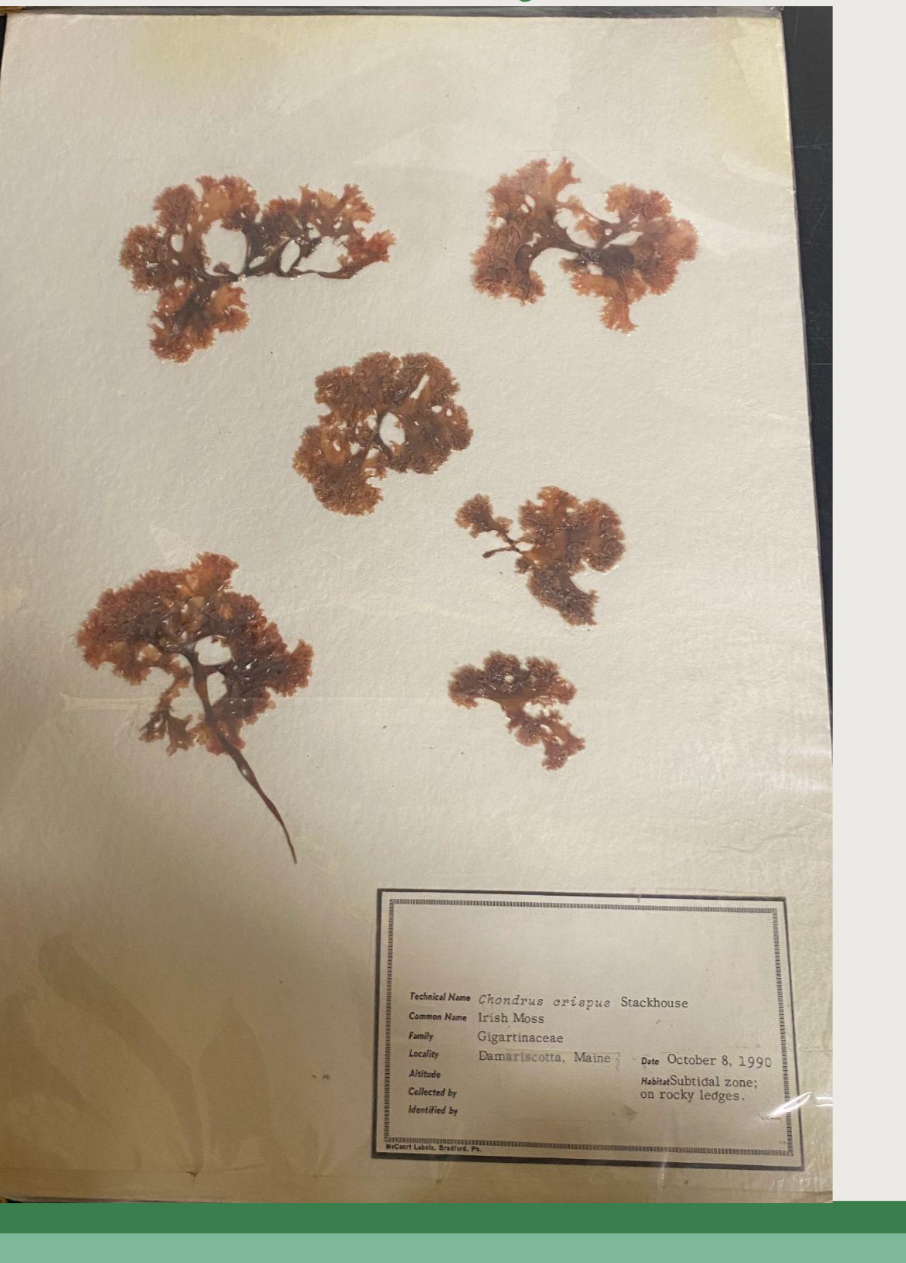
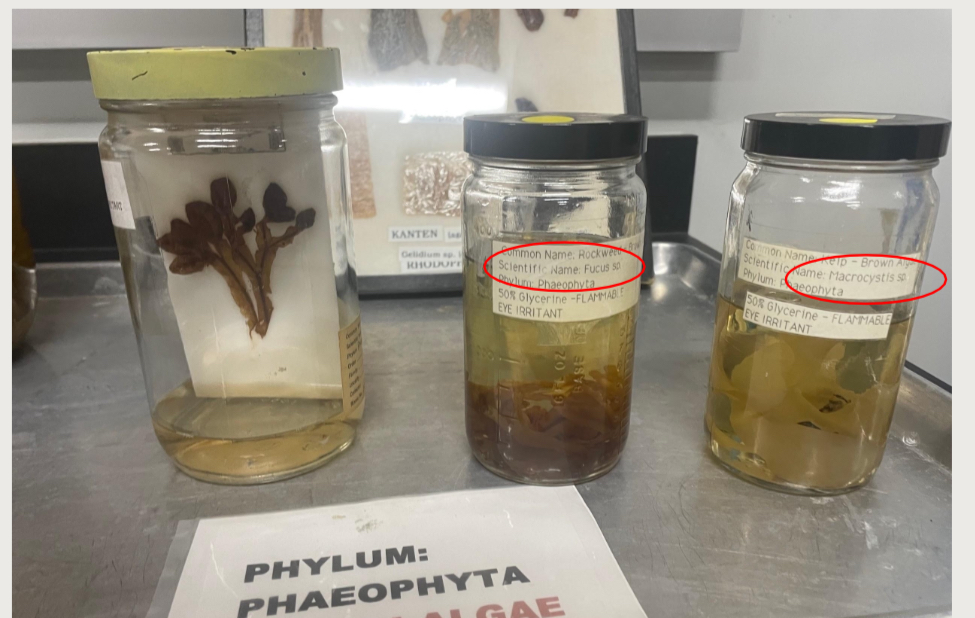
What Algae is this?
Brown Algae (Phylum Phaeophyta)
- SG: Chromalveolata
Primarily marine & structurally complex;
no unicellular/colonial & have brown pigment fucoxanthin
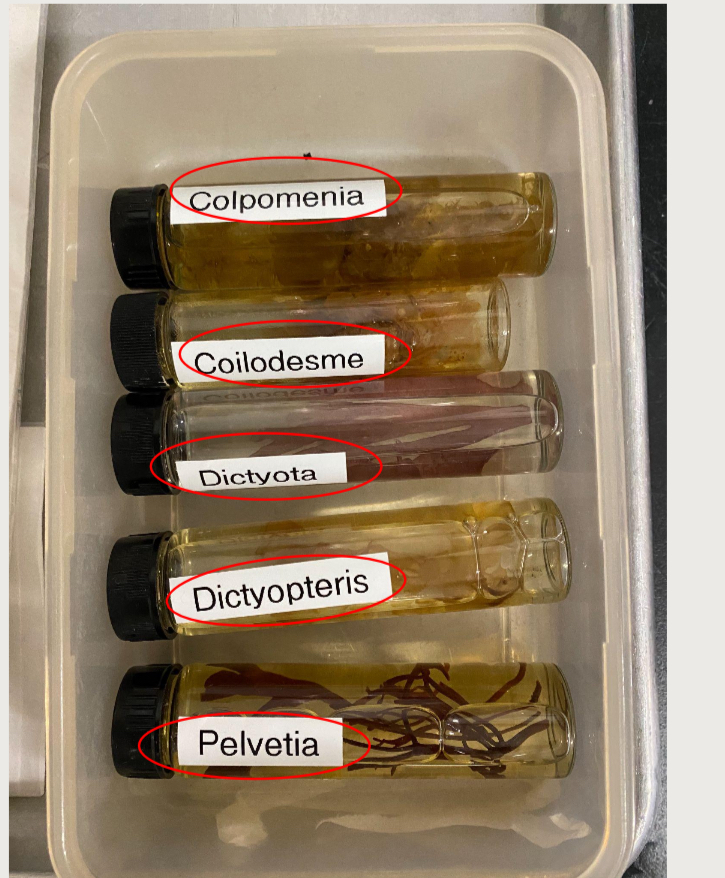
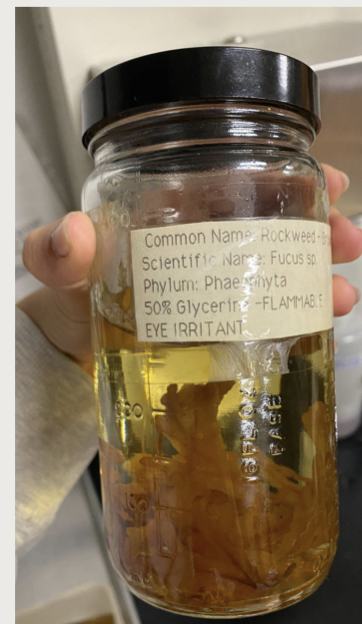
What Protists is this ?
Fucus Rockweed
SG: Chromalveolata
: common genus; tips of branches conceptacles swollen & contain reproductive structure oogonia (female) & antheridia (male)
both are multicellular sex organs that produce eggs and sperm respectively
mature thallus is diploid, and cells within reproductive structures undergo meiosis to produce gametes (skipping multicellular haploid stage)
ALGAE
Photosynthetic , eukaryotic org. lacking multicellular sex organs
Polyphyletic: have more than one common ancestor
Groups Distinguished in part energy storage products , cell walls, color resulting from pigments
unicellular , filamentous , & colonial algal species
PROTISTS
Live in moist habitats
Include simple eukaryotes & multicellular org.
classify protests in supergroups that each display distinctive features
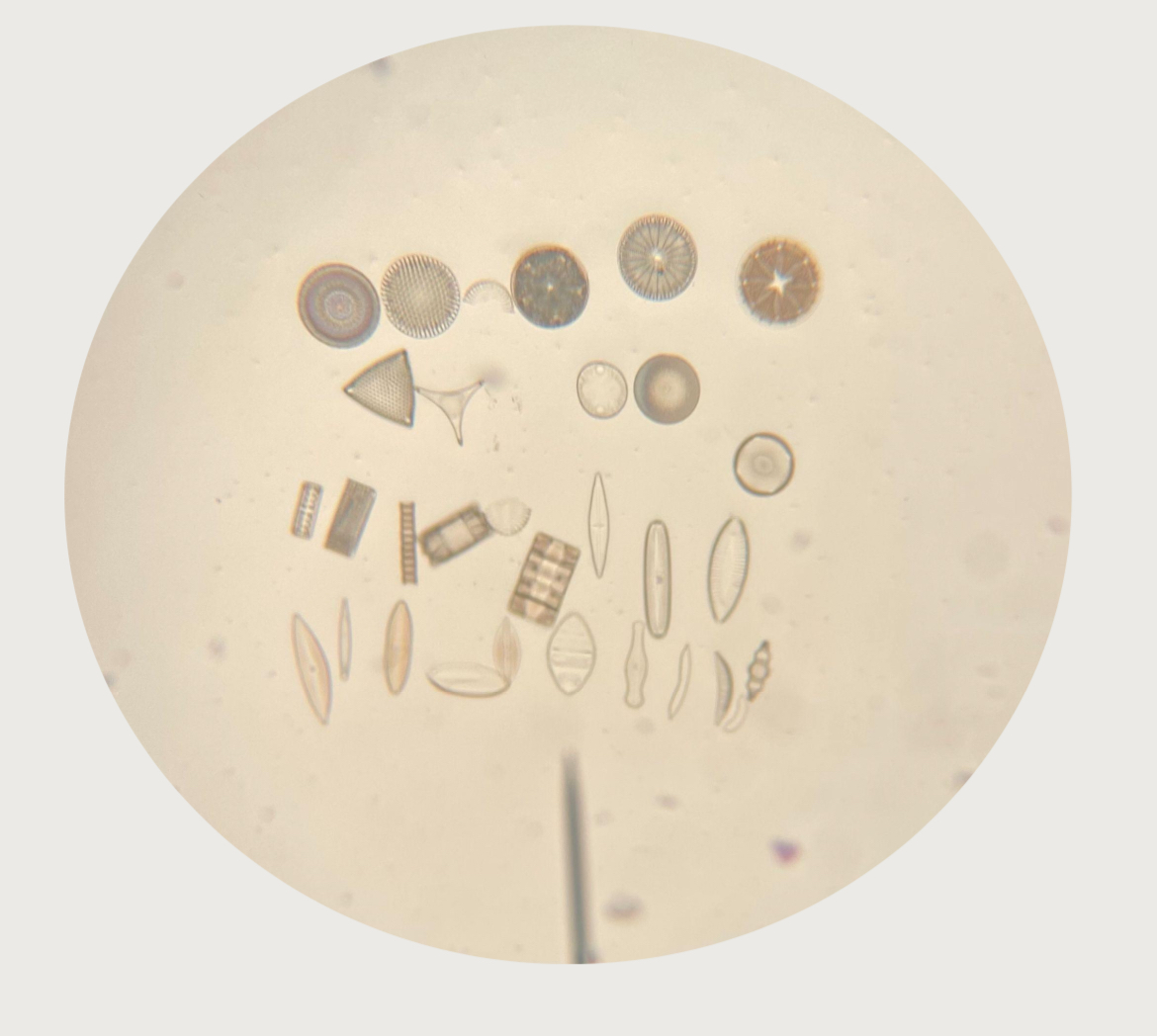
What is this protists?
Diatoms
SG: Chromalveolata
Unicellular algae, golden brown
Reproduce fast, photosynthetic
Glass-like cell wall (silicon dioxide)
Base of ocean food chains
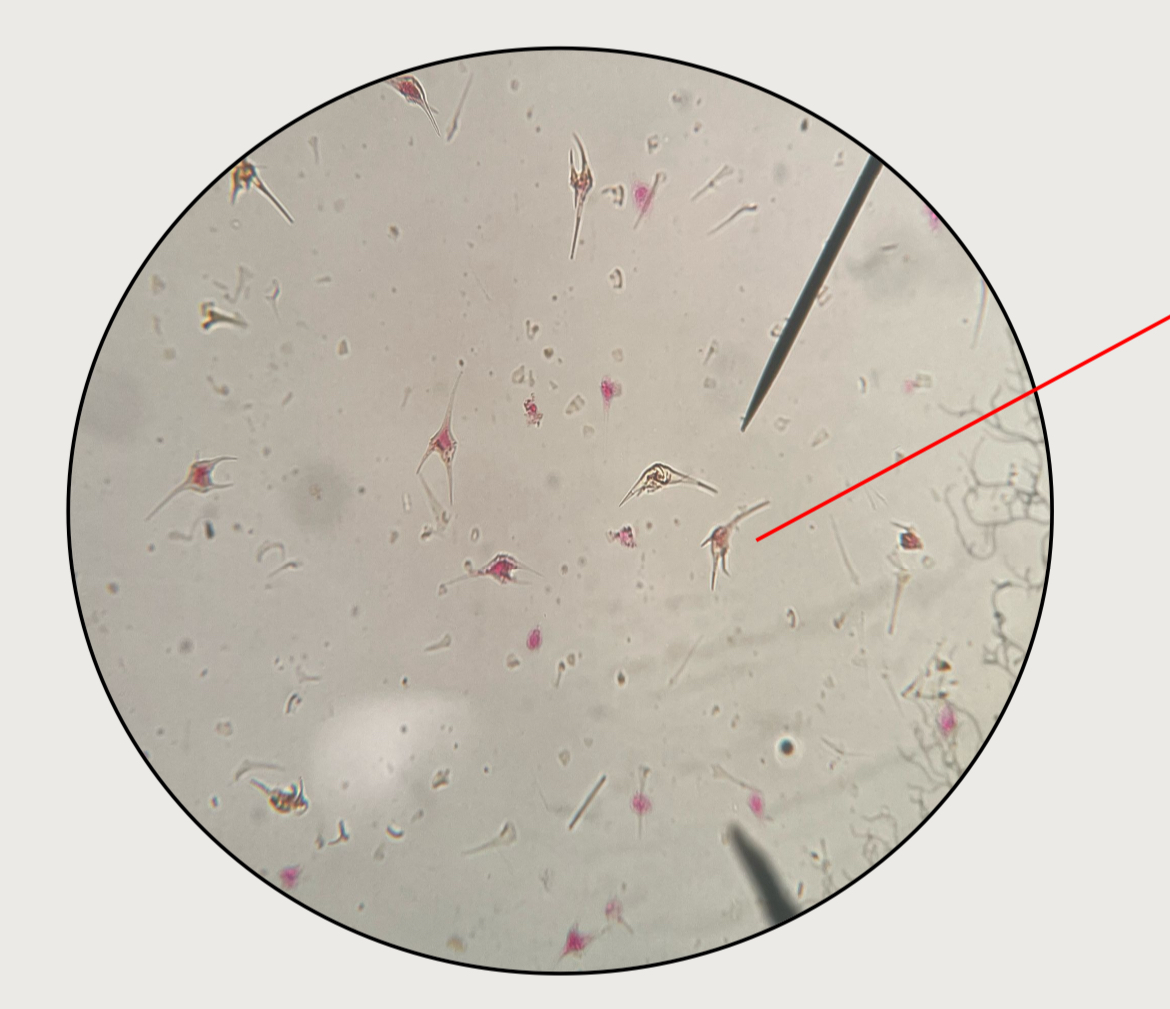
What is this protists?
Dinoflagellates
SG: Chromalveolata
Genus: Ceratium
Unicellular, have 2 flagella
Cell wall has cellulose plates
Photosynthetic, also heterotrophic
Can glow (bioluminescent)
Live with corals → share food and shelter
Protozoans
Eukaryotes w/ animal-like, heterotrophic ecology
Have food vacuoles to enclose food particles for digestions, and contractile vacuoles to expel excess water
single cells helps motility and live everywhere from drop of ponds to intestines of termites
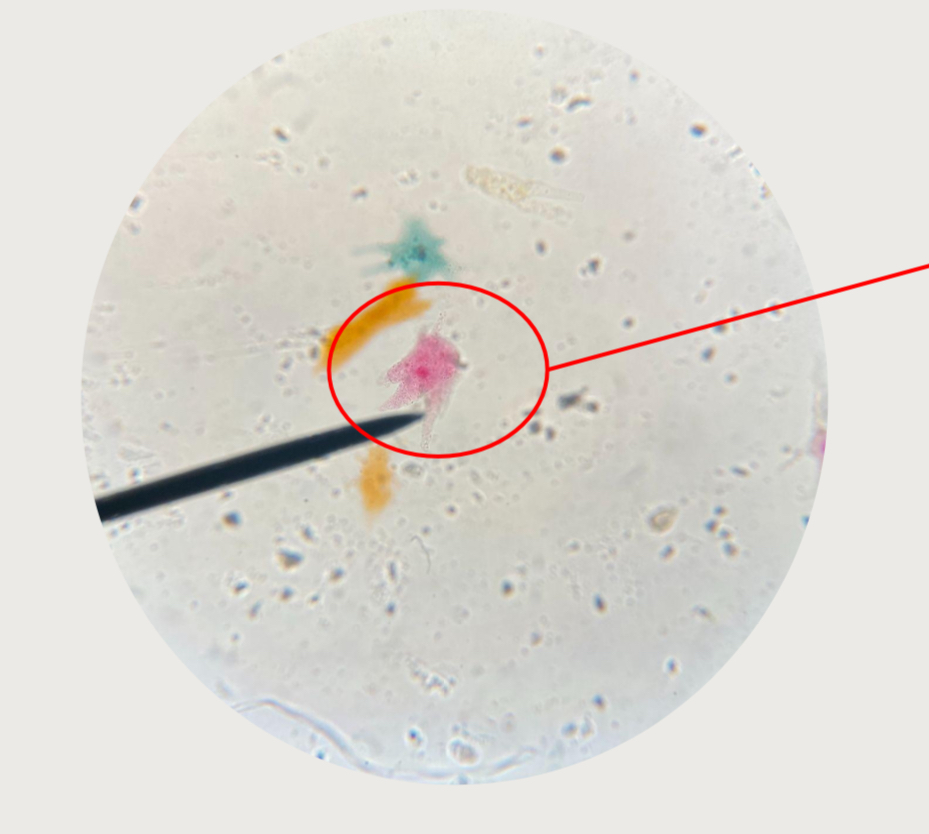
What protozoan is this ?
Amoebas
SG: Amoebazoa
Live in water or land
Move & eat using pseudopods (fake feet)
No flagella, reproduce sexually
Contractile vacuole keeps water balance
Engulf food → digest in food vacuole
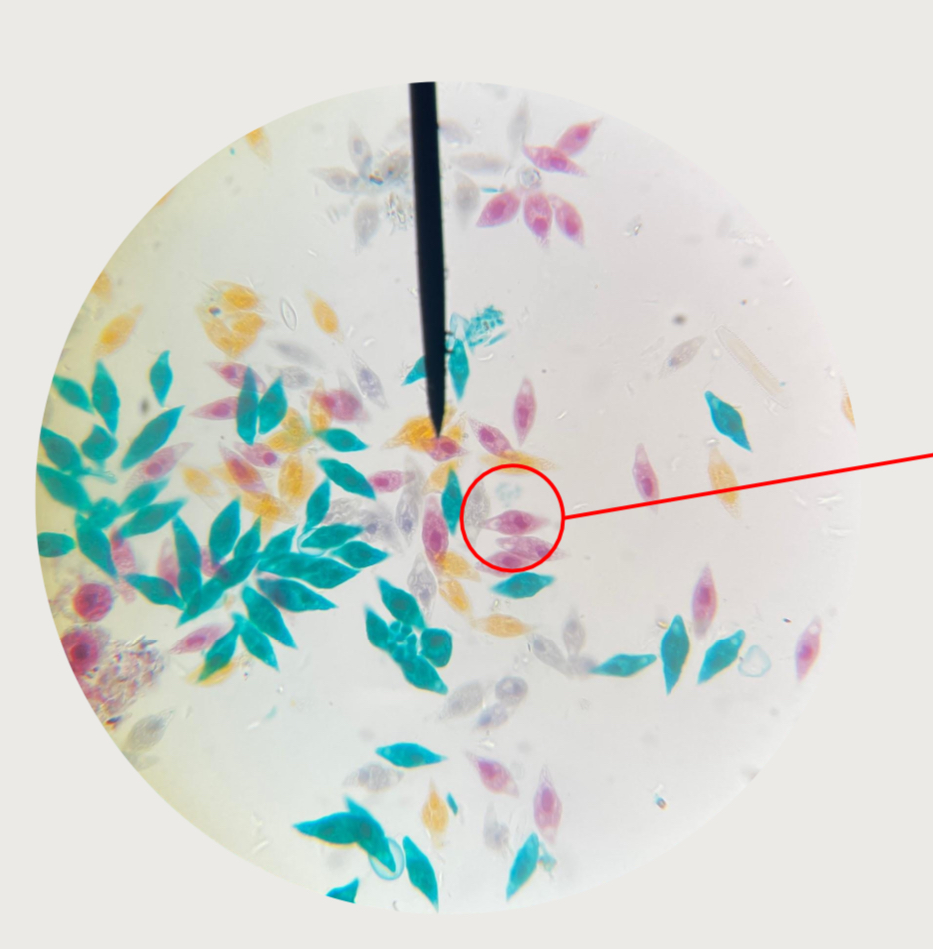
what protist is this ?
Euglena
SG: Excavata
Freshwater, unicellular
Has chlorophyll, no cell wall
Covered by flexible pellicle
Moves with 2 flagella
Eyespot helps find light
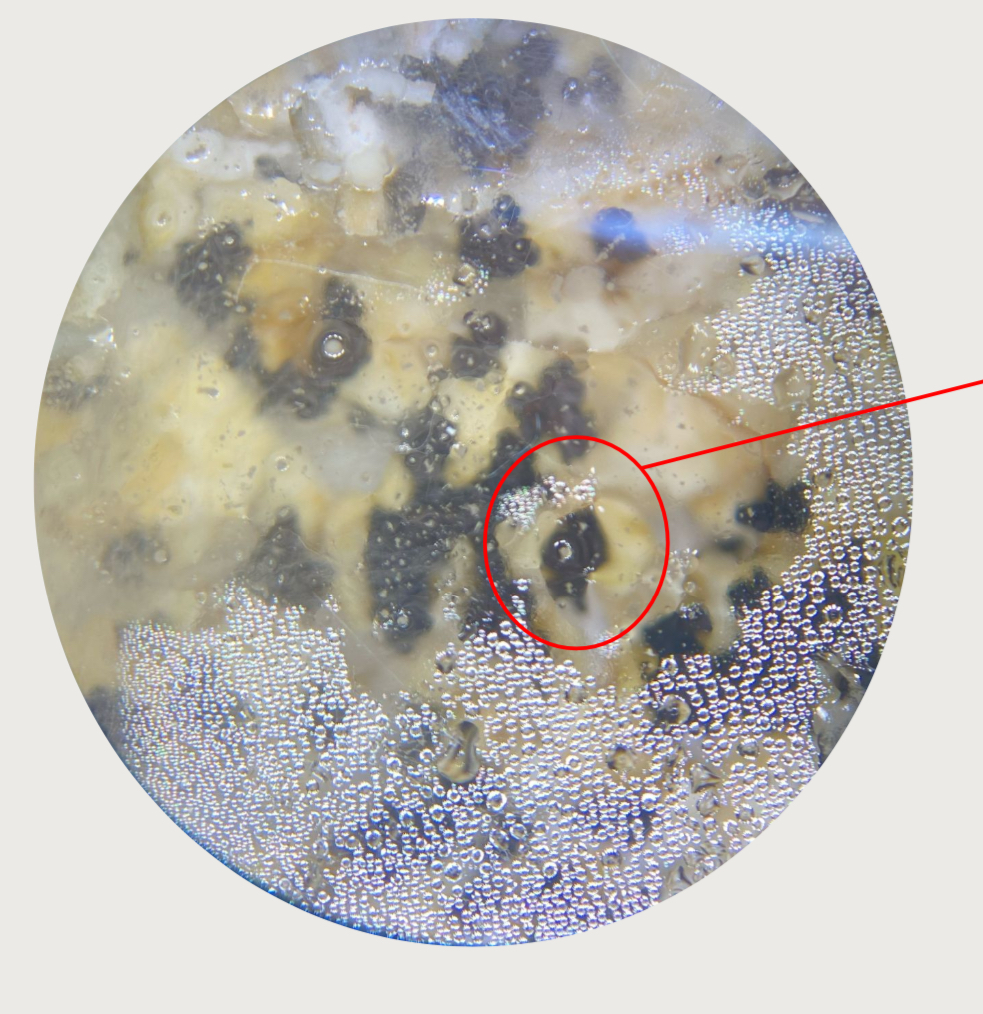
What protozoan is this?
Slime Molds
SG: Amoebazoa
Act like amoebas, not fungi
Found on rotting logs
Form sclerotium to survive harsh conditions
Reproduce with spores
Light-sensitive (helps spores spread)
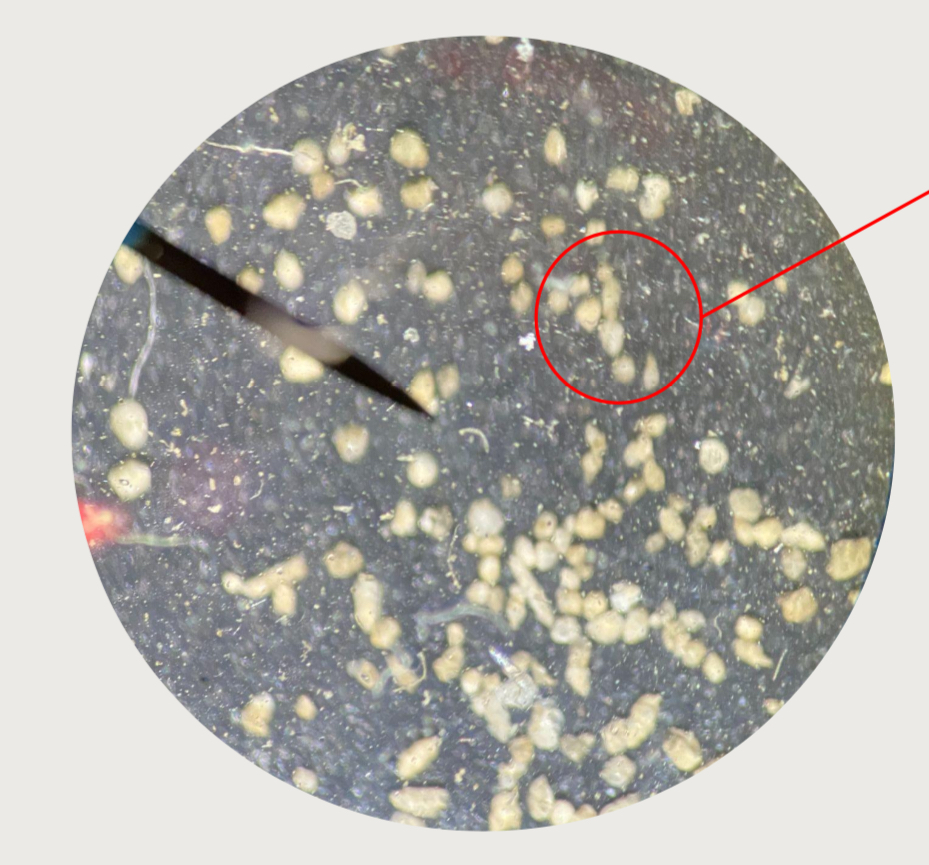
what protozoan is this ?
Foraminiferans (shell amoebas)
SG: Rhizaria
Marine, have calcium carbonate shells
Pores let pseudopods stick out
Important fossils (used in oil exploration)
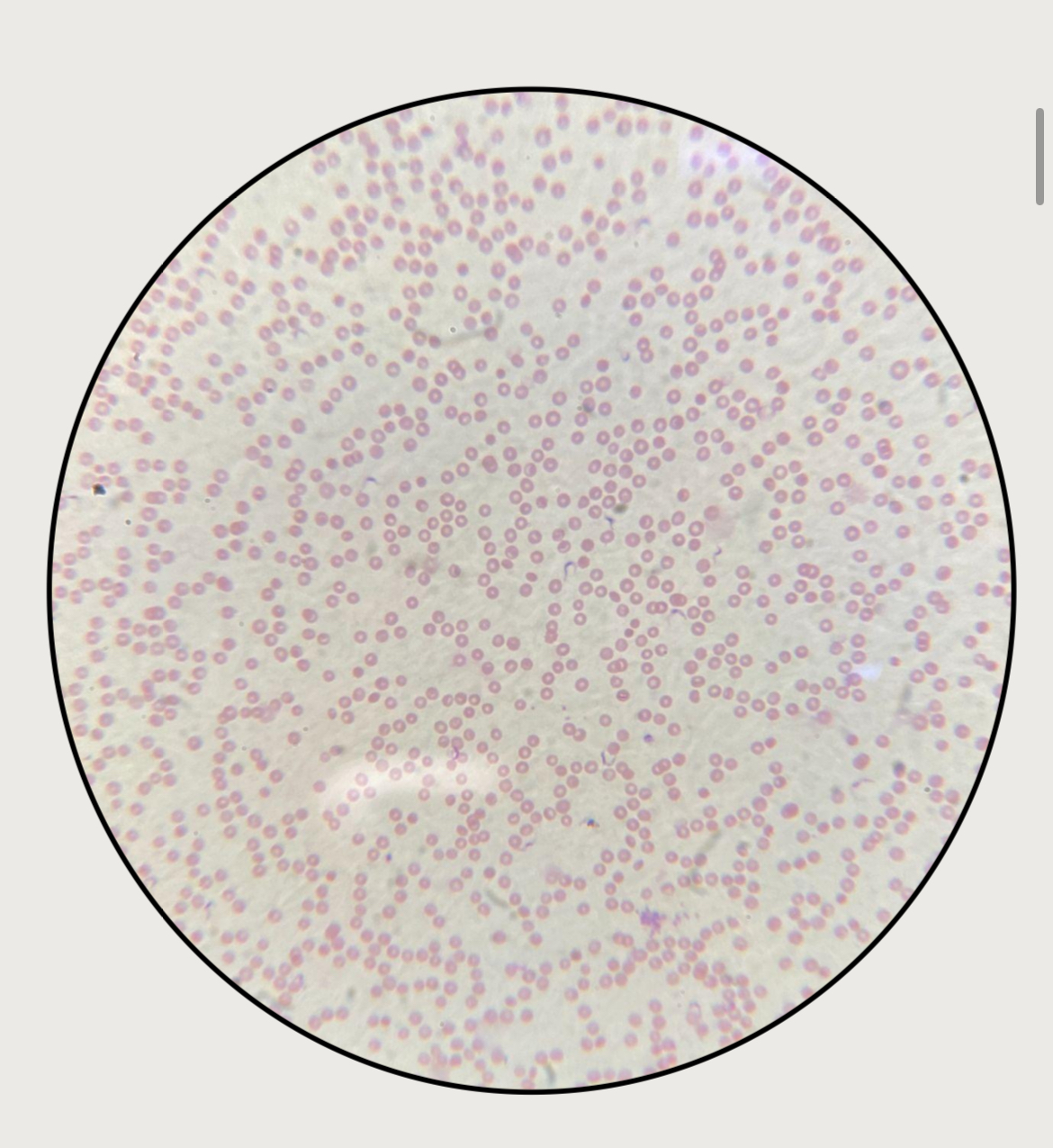
What Protozoan is this ?
Trypansoma ( flagellates )
SG: Excavata
Among the most primitive protozoans; have at least one flagellum
Can be parasitic or free-living heterotrophs
Trypanosoma causes:
African sleeping sickness → spread by tsetse flies
Chagas’ disease → spread by assassin bugs (look like stink bugs)
Common in tropical regions
Spread by biting insects (e.g., mosquitoes, sand flies, tsetse flies)
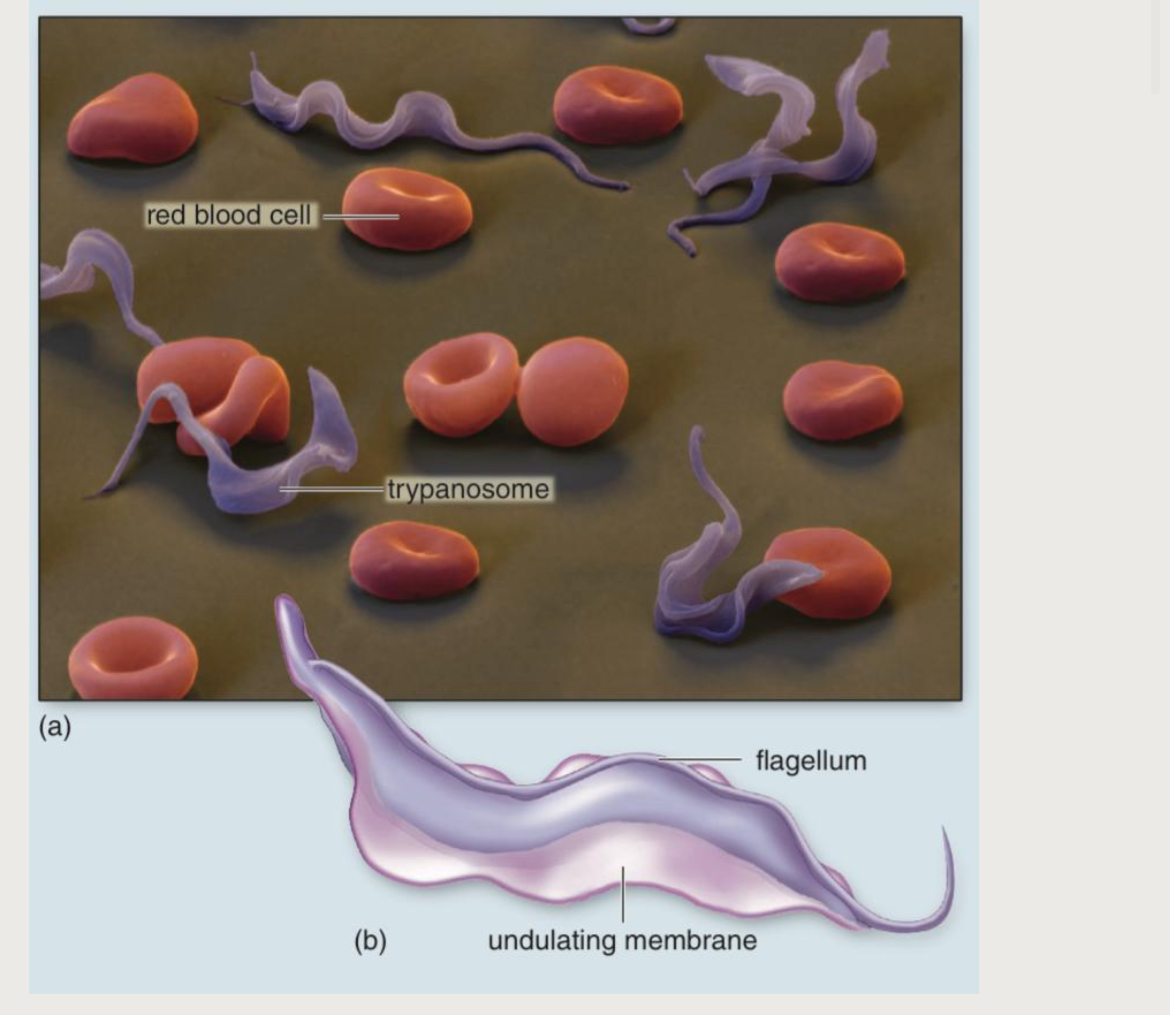

what protozoan is this ?
Parabasalid (Trichomonas Vaginalis )
SG: Excavata

Wha protozaon is this ?
Paramecium ( ciliates )
SG: Chromalveolata
Moves with cilia (fast!)
Reproduces:
Sexually (conjugation)
Asexually (mitosis & splitting)
Faster than amoebas, slower than flagellates

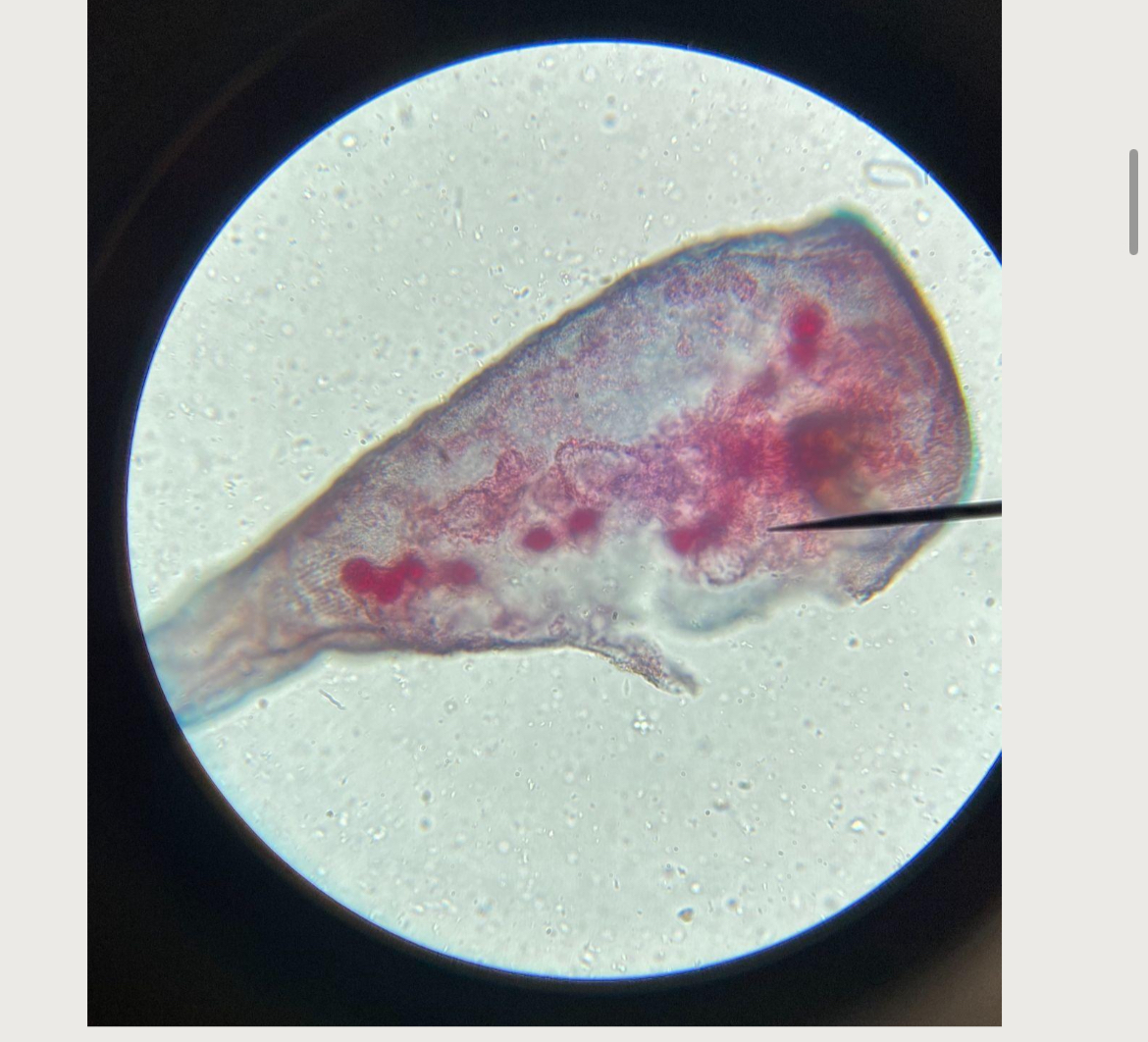
what protozoan is this ?
Stentor (ciliates)
SG: Chromalveolata
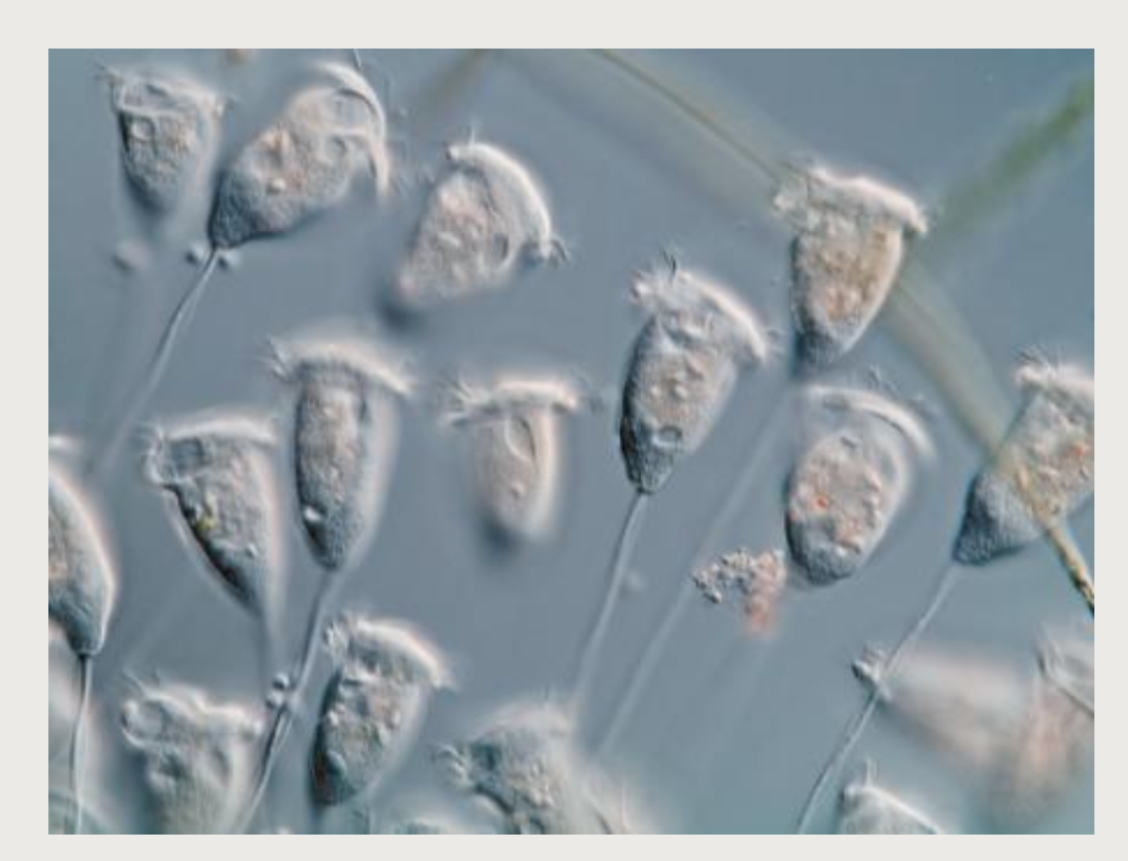
What protozoan is this ?
Vorticella
SG: Chromalveolata
Freshwater ciliate with a contractile stalk attached to a surface
Has a corona of cilia around the cell body
Filter feeder: extends stalk, pushes body forward, and beats cilia to draw in food
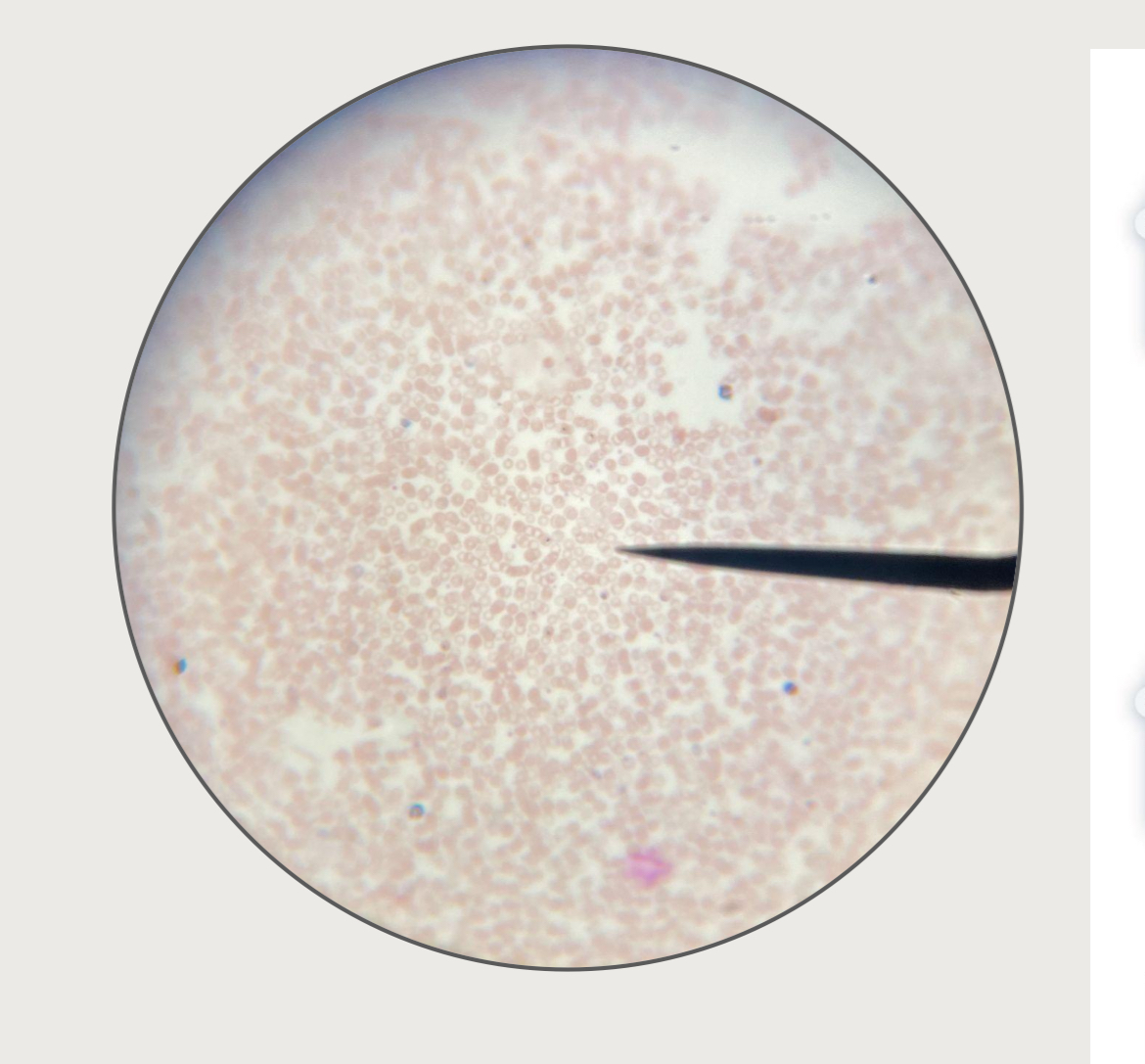
what protozoan is this ?
Apicomplexans (aka. Plasmodium )
SG: Chromalveolata
Non-motile parasites
Plasmodium causes malaria
Spread by Anopheles mosquitoes
Infects red blood cells → fever & chills in cycles
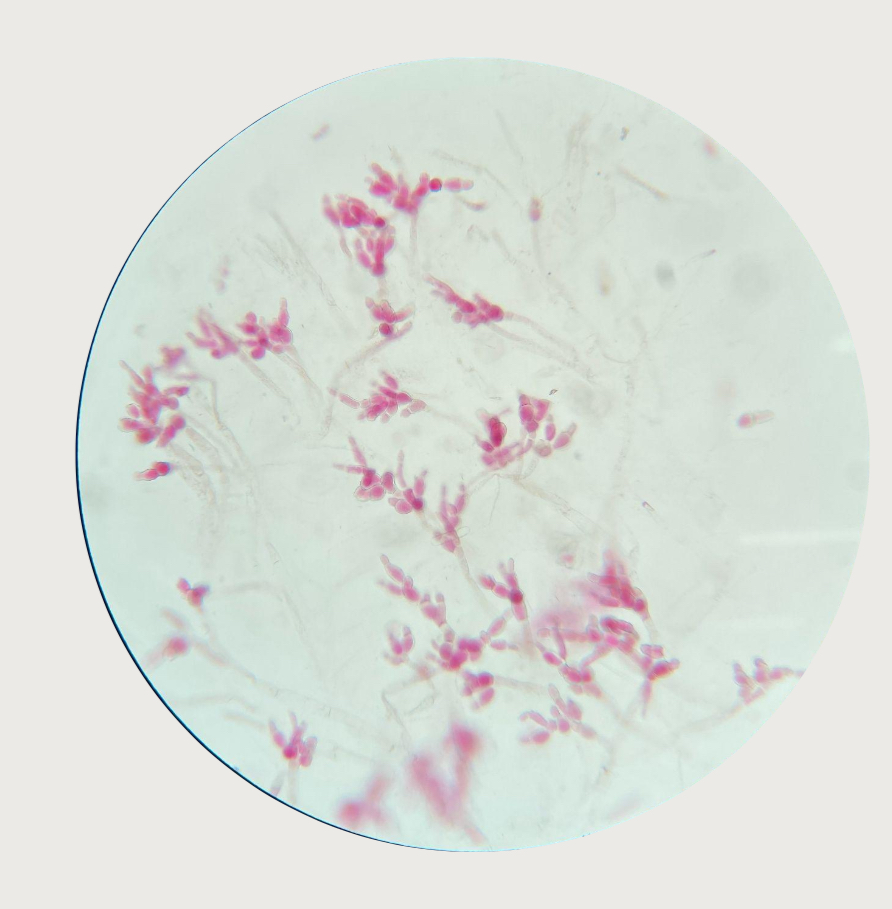
What fungi is this ?
Chytridiomycota ( aka. Allomyces gametophyte)
SG: Chytrids
Oldest fungi group
Live in water, some are parasites (e.g., frogs, bats)
Have flagellated spores
Absorb nutrients, chitin walls, store glycogen
Coenocytic (no cell walls inside)
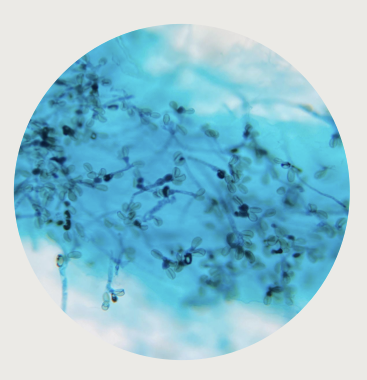
What fungi is this ?
Chytridiomycota (aka Allomyces Sporophyte)
SG: Chytrids
Same as gametophyte version
Just a different life stage
Still has flagellated spores and coenocytic traits
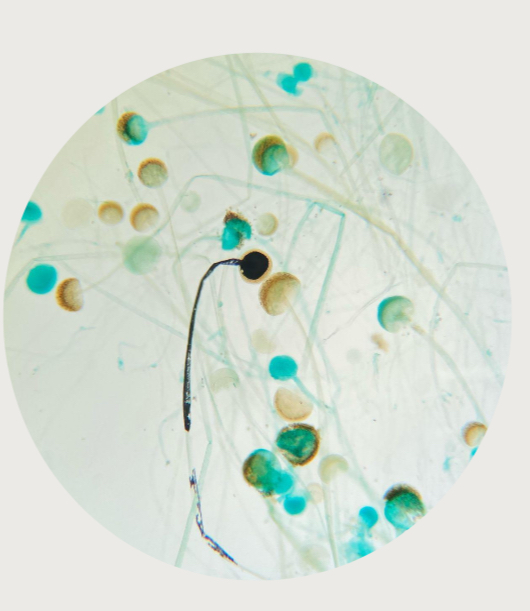
What fungi is this ?
Zygomycota (aka Rhiopuz sporangia)
SG: Bread molds
- includes: Rhizopus, Pibolous, Phycomyces
- sporangiophores: asexual reproductive structures
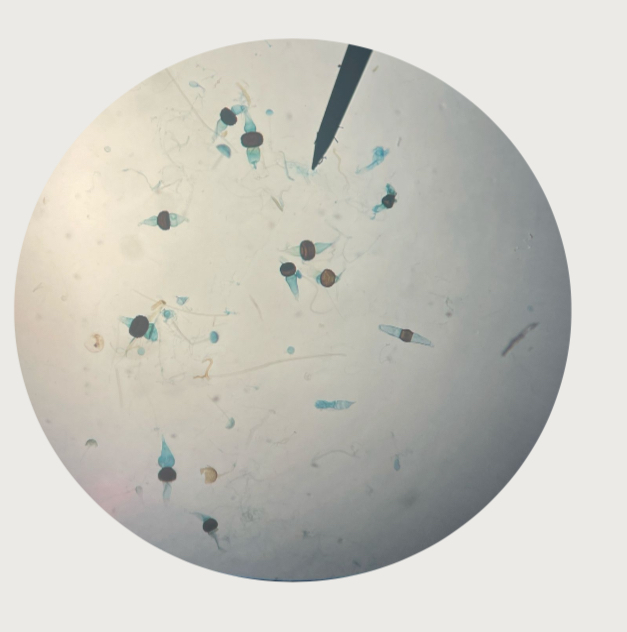
What fungi is this ?
Zygomycota (aka Rhizopus Zygospores)
SG: Bread molds
- includes: Rhizopus, Pibolous, Phycomyces
- zygosporangia: resting sexual structures
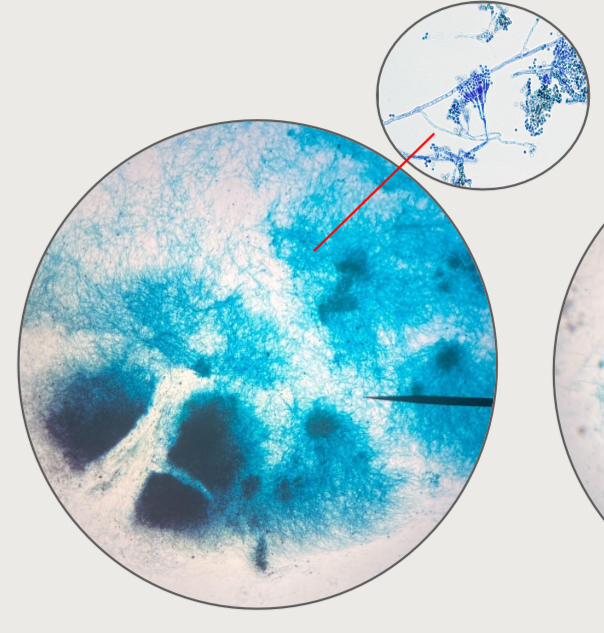
What Fungi is this ?
Penicillium ( Ascomycota)
SG: Sac/Cup Fungi
From sac fungi group
Makes conidia (asexual spores)
Reproduces sexually with ascus (spore sac)
Used to make antibiotics
Yeasts also part of this group, bud or split to reproduce
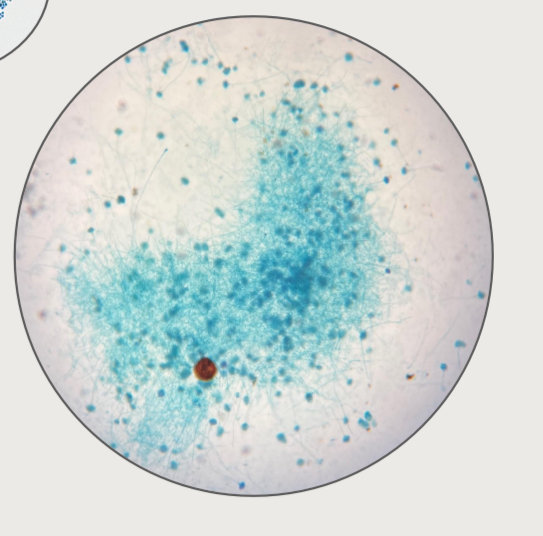
What Fungi is this ?
Aspergillus (Ascomycota)
SG: Sac/Cup Fungi
Also from sac fungi group
Makes conidia (asexual spores)
Uses ascus for sexual spores
Includes molds and yeasts
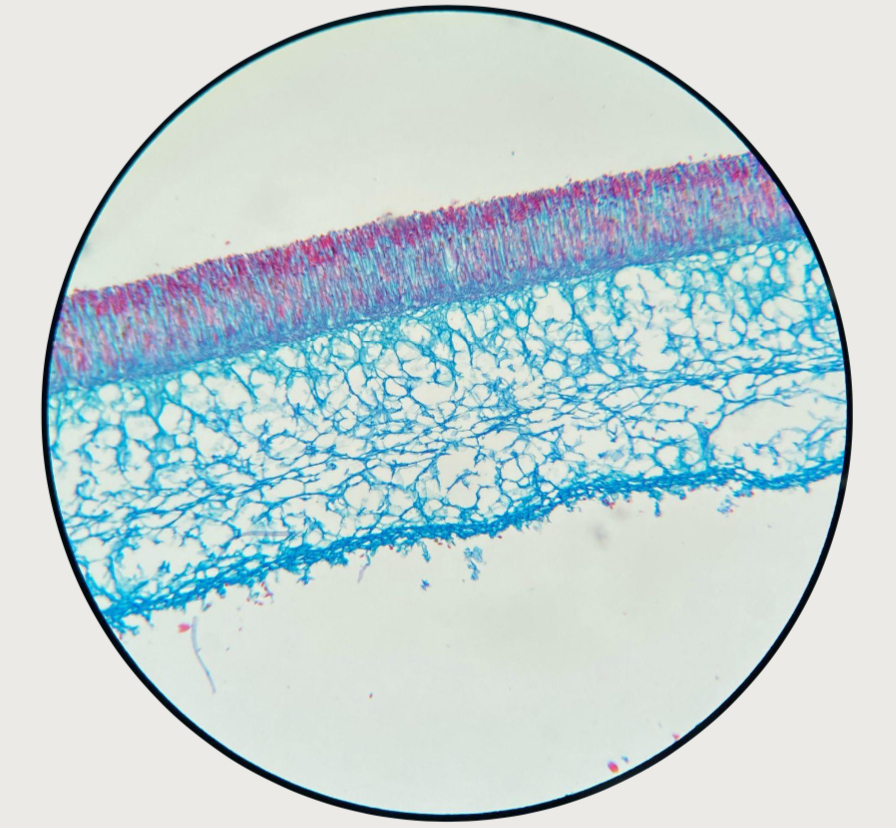
What fungi is this ?
Peziza (Ascomycota)
SG: Sac/Cup fungi
Apothecium (ascocarp)

What fungi is this ?
Yeast
SG: (Sac/Cup Fungi)
Unicellular yeasts

What fungi is this ?
Corpinus Mushroom ( Basidiomycota)
SG: Club Fungi
Club fungi group (mushrooms, puffballs)
No asexual reproduction
Sexual: two hyphae fuse → make basidiocarp (mushroom)
Spores made on gills (basidia)

What Fungi Is this ?
Lichen Thallus
SG: Lichens
Symbiosis of fungus + algae/cyanobacteria
Asexual via fragments
Grows in tough places
3 shapes:
Crustose (crusty)
Foliose (leafy)
Fruticose (shrubby)
Sensitive to air pollution